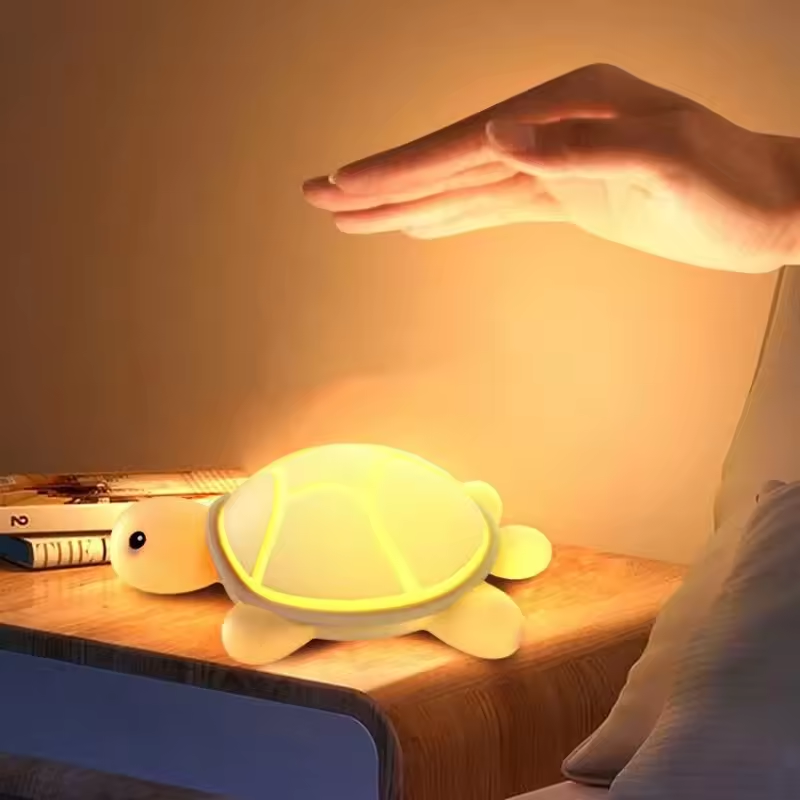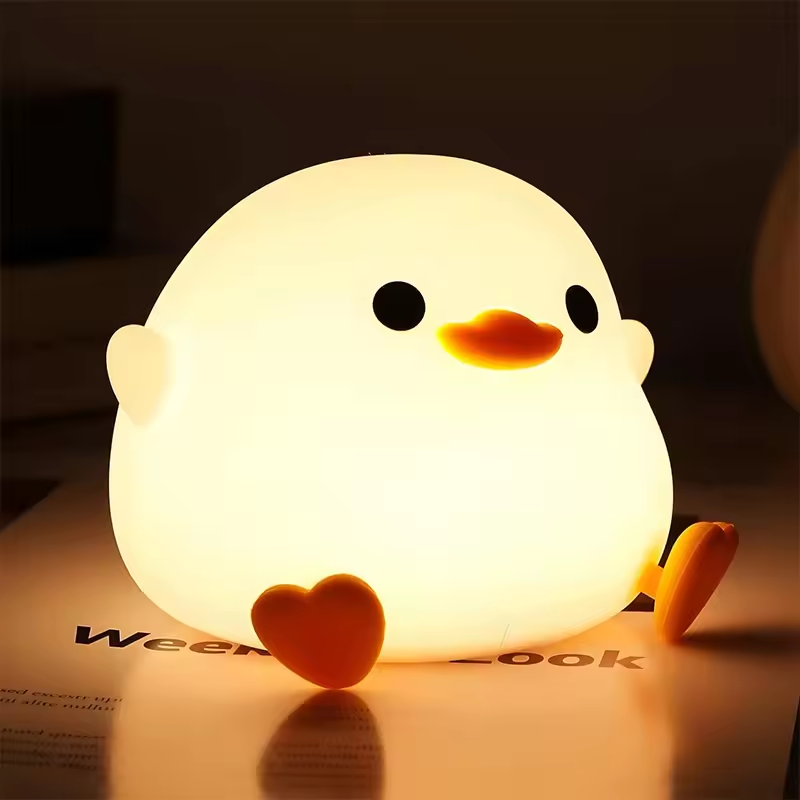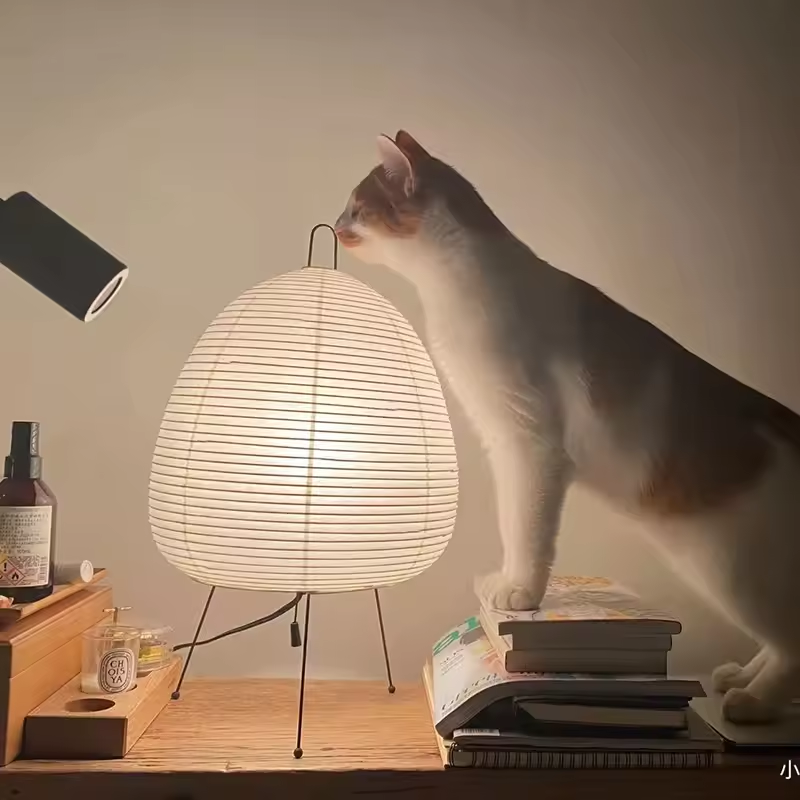When your LED light stops working, yet you are confident it has power, it can be frustrating and confusing. LED lights are designed to be efficient and reliable, but like any other electronic device, they can run into problems. Here, we will detail a comprehensive troubleshooting guide. This guide will help you understand why your LED light is not functioning despite having power.
 Understanding LED Lighting Systems
Understanding LED Lighting Systems
What Are LED Lights?
LED stands for Light Emitting Diode. LED lights are popular for their energy efficiency and durability. Unlike traditional incandescent bulbs, LEDs use less energy and have a longer lifespan.
Components of LED Lights
Typically, an LED lighting system is composed of several key components:
- LED Chip: The semiconductor device that emits light when electricity flows through it.
- Power Supply or Driver: Converts the power from your outlet into a usable form for the LED.
- Heat Sink: Helps to dissipate heat generated by the LED chip.
- Lenses and Reflectors: Direct the emitted light in a specific direction.
Understanding these components will help diagnose the issue when your LED light has power but is not working.
 Common Reasons for LED Light Failures
Common Reasons for LED Light Failures
Faulty Driver
The power supply, also referred to as the driver, could be faulty. Even with power running through it, if the driver is faulty, the LED won’t light up.
- How to Identify: Use a multimeter to check the voltage output of the driver. If the voltage is not within the required range, the driver could be the issue.
- Solution: Replace the driver with one that matches the voltage and wattage requirements of your LED light.
Connections and Wiring Issues
Wiring issues are a common cause of LED light failures.
- How to Identify: Check for loose, damaged, or corroded connections. Use a continuity tester to ensure the wires are properly conducting electricity.
- Solution: Secure all connections and splice any damaged wires properly.
LED Chip Degradation
LEDs can gradually degrade over time. If the chip is damaged or degraded, it will not emit light.
- How to Identify: Visibly inspect the LED chip for signs of damage or discoloration.
- Solution: Replace the damaged LED chip.
Advanced Troubleshooting
Checking for Heat Damage
Excessive heat can damage LED components. Overheating is detrimental to LED lights and can cause failures.
- How to Identify: Look for brown or black marks around the heat sink or LED chip. Measure the operating temperature with a thermal camera.
- Solution: Improve ventilation or add additional heat sinks to manage heat.
Capacitor Issues
Capacitors in the LED driver can fail over time, especially in less expensive units.
- How to Identify: Check for bulging or leaking capacitors in the power supply unit.
- Solution: Replace the faulty capacitor or the whole driver unit.
 Short Circuits
Short Circuits
Short circuits within the LED assembly can prevent it from working.
- How to Identify: Use a multimeter to check for continuity across different points in the circuit.
- Solution: Locate the short and repair or replace the damaged section.
Voltage Fluctuations
Voltage fluctuations can harm LEDs. LEDs are sensitive to voltage variations which can damage them.
- How to Identify: Monitor voltage supply with a multimeter over a period.
- Solution: Install a surge protector or voltage regulator.
Preventive Maintenance
Regular Inspection
Conduct regular inspections of your LED lights.
- What to Check: Look for signs of wear and tear, damage to the housing, and connection issues.
- Tools Needed: A multimeter, continuity tester, and thermal camera can be useful.
Proper Installation
Ensure your LED lights are installed correctly as per manufacturer guidelines.
- Important Aspects: Follow proper wiring, secure drivers, and provide adequate ventilation.
- Resources: Consult the product manual or a professional electrician for advice.
 Some of the popular trends in LED lighting:
Some of the popular trends in LED lighting:
Smart LED Lighting:
With the rising popularity of home automation, smart LED lights that can be controlled via apps, voice assistants, or remote controls are becoming increasingly mainstream. These lights often offer features like color changing, dimming, and scheduling.
Energy Efficiency:
As energy conservation becomes more critical, LED lights are being designed to be even more energy-efficient. Newer models consume less power while providing the same or higher levels of brightness.
Human-Centric Lighting:
This involves designing LED lights that can adjust their color temperature throughout the day to mimic natural daylight, thereby promoting better health, mood, and productivity.
Integration with IoT:
LEDs are increasingly being integrated with the Internet of Things (IoT), allowing for more advanced functionalities like energy monitoring, predictive maintenance, and more interactive lighting systems.
Sustainability:
The emphasis on sustainable and eco-friendly products is growing. This includes the use of recyclable materials in LED fixtures and designing products that can be easily disassembled for recycling purposes.
Adaptable and Modular Designs:
Modern LED lighting systems are becoming more versatile, with modular designs that allow consumers to customize their lighting setups to better suit diverse spaces and needs.
Advanced Optics and Light Distribution:
Innovations in optics are allowing for more efficient light distribution, reducing glare and improving the quality of illumination. This is particularly important in commercial and industrial settings.
UV-C LED Technology:
Given the heightened awareness of hygiene in recent years, UV-C LED lights, which have disinfecting properties, are gaining more attention. These are often used for sterilizing surfaces and air in various settings.
Outdoor and Landscape Lighting:
LED solutions are becoming more popular for outdoor and landscape lighting, offering durability, energy efficiency, and the ability to withstand harsh weather conditions.
Architectural Lighting:
Designers are leveraging the flexibility and versatility of LEDs to create stunning architectural lighting effects, both interior and exterior, that enhance the aesthetic appeal of buildings and spaces.
These trends collectively represent the ways in which LED technology continues to evolve, driving innovation in lighting solutions for both residential and commercial applications.
 Some tips for maintaining LED lights:
Some tips for maintaining LED lights:
Proper maintenance of LED lights is essential for prolonging their lifespan and ensuring they perform efficiently. Here are some tips for maintaining LED lights:
Regular Cleaning:
Dust and dirt can accumulate on the surface of LED lights, reducing their brightness. Use a soft, dry cloth or a microfiber cloth to gently wipe the surface. Avoid using harsh chemicals or abrasive materials.
Avoid Overheating:
LEDs generate less heat compared to traditional light bulbs, but they can still overheat if not properly ventilated. Make sure there’s adequate airflow around the fixtures and avoid covering them with insulating materials.
Use Appropriate Fixtures:
Ensure that your LEDs are installed in appropriate fixtures that allow for heat dissipation. Some fixtures are designed specifically to accommodate the thermal needs of LED lights.
Stable Power Supply:
Make sure your LED lights are connected to a stable power source. Frequent voltage fluctuations can damage the LED drivers and reduce the lifespan of the lights. Using surge protectors can also help in maintaining a consistent power supply.
Check for Damage:
Regularly inspect your LED lights and fixtures for any signs of physical damage or wear. This includes checking for loose connections or frayed wires.
Follow Manufacturer Guidelines:
Always refer to the manufacturer’s instructions for installation and maintenance. They provide guidance tailored to the specific model of your LED lights.
Use Dimmers:
If you use dimmable LED lights, ensure that the dimmer switch is compatible with LEDs. Not all dimmers work well with LED lights, and using the wrong type can cause flickering and reduce the lifespan of the lights.
By following these tips, you can help ensure that your LED lights last as long as possible and provide optimal performance.
Conclusion
LED lights are generally reliable and efficient. However, when problems arise, this guide aims to provide a thorough, easy-to-follow approach to identifying and fixing the issue. Regular maintenance and proper installation can prevent most issues. By taking these steps, your LED lights will continue to be a reliable source of illumination for years to come.



